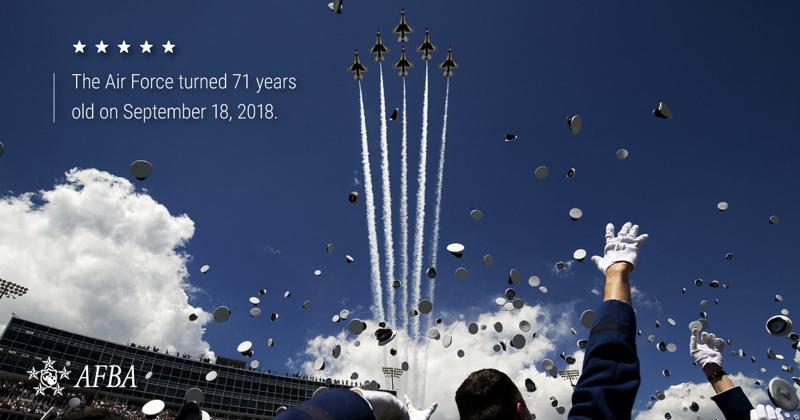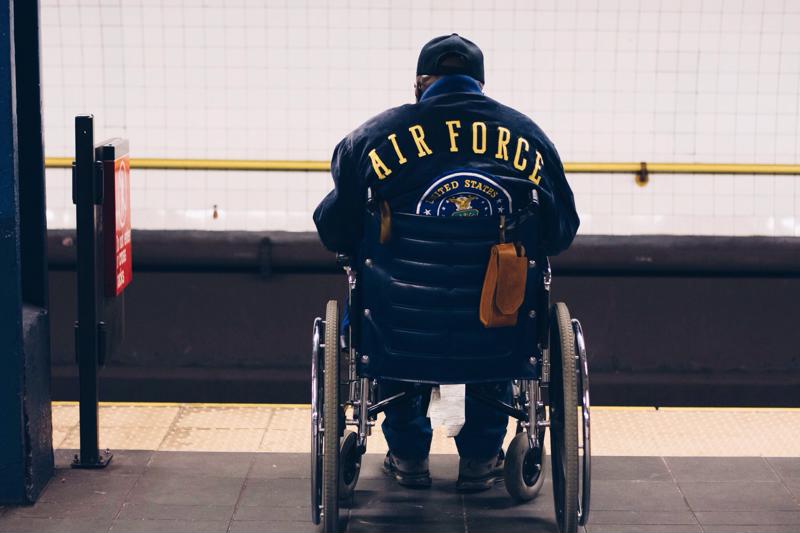The U.S. Air Force became a distinct branch of the military on Sept. 18, 1947. Yet its roots began decades beforehand. Throughout its history of 71 years, the Air Force has been a remarkable source of innovation and inspiration.
Here, we'll take a look at the branch's history in celebration of the date it was started.
A brief history of the Air Force
While the Air Force didn't become an official military department until after World War II, aviation emerged as a military interest decades earlier. The first group to arise from this interest was the Army Signal Corps Aeronautical Division, which was created Aug. 1, 1907. This organization was developed to oversee anything related to air machines, military ballooning and other related matters.
The Signal Corps began testing the first military airplane at Fort Myers, Florida. One of its original flights ended in disaster; Lt. Thomas E. Selfridge, who was flying with Orville Wright, died during a crash on Sept. 9, 1908. Historical records consider Selfridge the first military aviation casualty, per Military.com.
However, on Aug. 2, 1909, the Army formally accepted what it called "Airplane No. 1."
Still, military aviators didn't serve in combat until around 1913. Early that year, servicemembers training in Augusta, Georgia, and Palm Beach, Florida, were ordered to take part in 2nd Division maneuvers. They were sent to Galveston, Texas on March 3 as the 1st Provisional Aero Squadron, led by Capt. Charles DeF. Chandler.
The squadron was the first military unit solely dedicated to aviation, and servicemembers began flying a few days later. It was also the Army's first air combat unit, and it's still active today.

Military aviators during wartime
The 1st Aero Squadron was the U.S. Army's air division during World War 1. By December 1915, the unit had 224 enlisted men, 44 officers and 23 planes, according to Military.com. This was only a fraction of the air power held by European countries, and the discrepancy forced the U.S. to devote more attention to aviation.
However, the U.S. may have been a bit overzealous with its response. At the time, all of the military's aviation power consisted of 24 squadrons, operating under different organizations.
When World War 1 broke out, the U.S. transferred aviation from the Signal Corps to two other agencies. Having so many different groups made it difficult to coordinate them all.
Today's Air Force
The National Security Act of 1947 restructured the way the U.S. government approached aviation and military endeavors. The act created the National Military Establishment, which was later renamed the Department of Defense. This organization consisted of the Army, the Marine Corps, the Navy and the new and improved Air Force.
It was a long time coming, as aviation in the military had been through six different iterations:
- Aug. 1, 1907 to July 18, 1914: Signal Corps Aeronautical Division.
- July 18, 1914 to May 20, 1918: Signal Corps Aviation Section.
- May 20, 1918 to May 24, 1918: Division of Military Aeronautics.
- May 24, 1918 to July 2, 1926: U.S. Army Air Service.
- July 2, 1926 to June 20, 1941: U.S. Army Air Corps.
- June 20, 1941 to Sept. 17, 1947: U.S. Army Air Forces.
- Sept. 18, 1947 to present: Air Force.
The fact that the branch has lasted this long in its current form is encouraging. Currently, the Air Force has 320,923 servicemembers on active duty, 62,688 officers and 258,235 enlisted, per the Air Force's Personnel Center. As part of the U.S. military, it's one of the strongest forces in the world.


